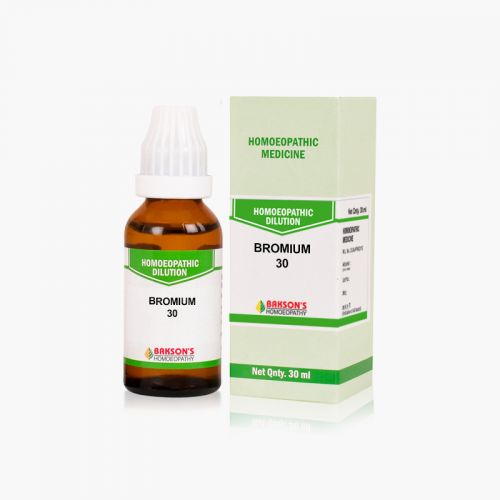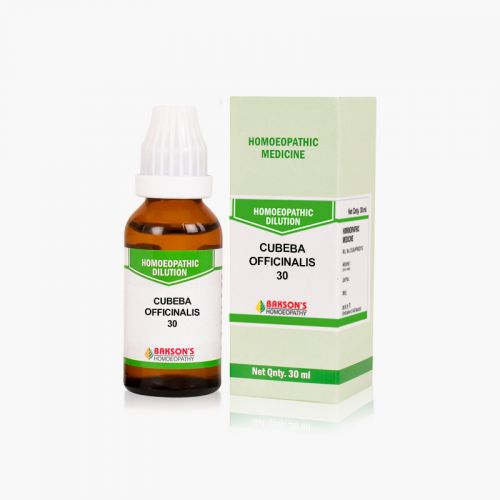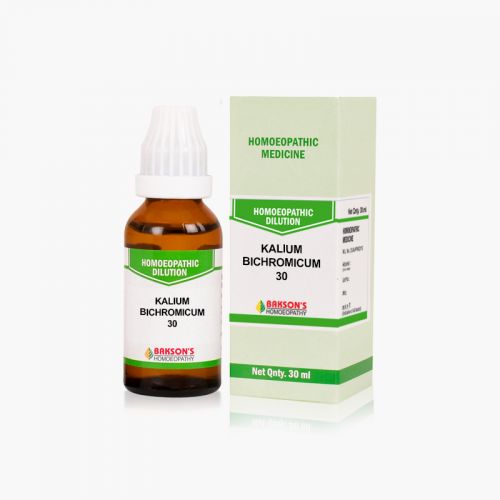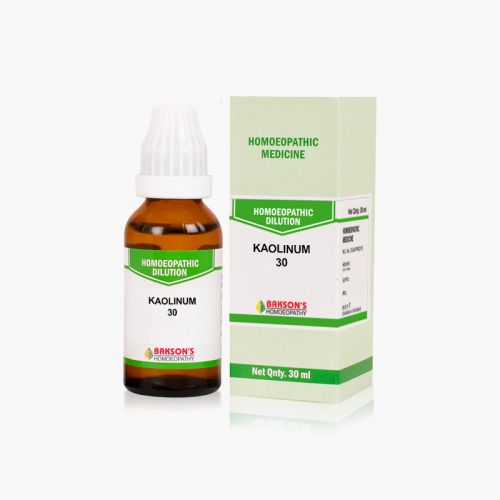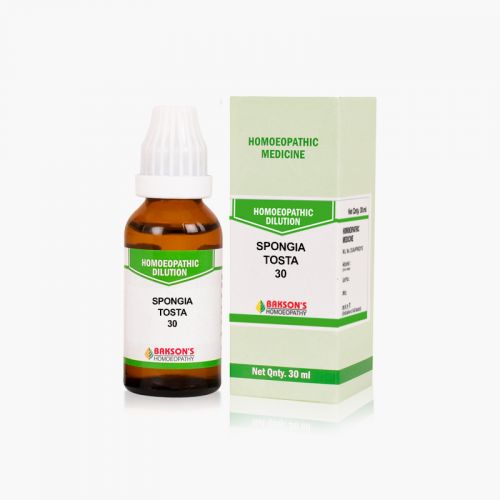We use cookies to make your experience better. To comply with the new e-Privacy directive, we need to ask for your consent to set the cookies. Learn more.
What is Croup?
The spectrum of Croup comprises 3 conditions - Laryngotracheitis, laryngotracheobronchitis, and laryngotracheobronchopneumonitis.
Croup is a common respiratory illness affecting the trachea, larynx, and bronchi that can lead to inspiratory stridor and barking cough. It is mostly caused by the parainfluenza virus, but a bacterial infection can also cause it.
There is swelling of the larynx, trachea, and large bronchi due to infiltration of white blood cells, which results in partial airway obstruction. This obstruction, when significant, results in increased work of breathing, and the characteristic turbulent, noisy airflow known as stridor.
Causes
Etiology is most commonly viral, with some cases caused by bacteria.
- Parainfluenza virus most commonly causes viral croup or acute laryngotracheitis, primarily types 1 and 2. Other causes include influenza A and B, measles, adenovirus, and respiratory syncytial virus (RSV).
- The common bacterial causes are Staphylococcus aureus, Streptococcus pneumoniae, Hemophilus influenzae,and Moraxella catarrhalis.
Signs and Symptoms
Croup is characterized by a "seal-like barking" cough, stridor, hoarseness, and difficulty breathing, which typically worsens at night.
The typical presentation of croup is as mentioned below:
- One to 2 days of upper respiratory infection (URI) followed by barking cough and stridor
- Low-grade fever
- No drooling or dysphagia
- Duration is 3 to 7 days with the most severe symptoms on days 3 or 4
Respiratory rate and heart rate may be increased with a normal respiratory rate being between 20 to 30 breaths per minute. On examination, signs of nasal flaring, retraction, and rarely cyanosis may also be seen.
Diagnosis
Croup is typically a clinical diagnosis based on signs and symptoms but in some cases blood tests, viral culture and X-ray might be advised.
The severity of croup is assessed with the Westley score ranging from 0 to 17 points, which are divided by five factors: stridor, retractions, cyanosis, level of consciousness, and air entry.
- Inspiratory stridor: 0 (None); 1 (When agitated); 2 (At rest)
- Retractions: 0 (None); 1 (Mild); 2 (Moderate); 3 (Severe)
- Air entry: 0 (Normal); 1 (Decreased); 2 (Markedly decreased)
- Cyanosis: 0 (None); 4 (When crying); 5 (At Rest)
- Level of consciousness: 0 (Alert); 5 (Disoriented)
Score less than or equal to 2 indicates mild croup.
Score between 3 to 5 indicates moderate croup.
Score between 6 to 11 indicates severe croup, and a score greater than 12 indicates impending respiratory failure.
Management
Croup is a self-limiting disease, with most cases resolving within a few days. Uncommon complications may include bacterial tracheitis, pneumonia, and pulmonary oedema. Treatment depends on the severity based on the Westley croup score.
Warning: Above information provided is an overview of the disease, we strongly recommend a doctor's consultation to prevent further advancement of disease and/or development of complications.
Disclaimer: The information provided herein on request, is not to be taken as a replacement for medical advice or diagnosis or treatment of any medical condition. DO NOT SELF MEDICATE. PLEASE CONSULT YOUR PHYSICIAN FOR PROPER DIAGNOSIS AND PRESCRIPTION.
- BROMIUM 30₹ 100.00
- CUBEBA OFFICINALIS 30₹ 100.00
- HEPAR SULPHUR 30₹ 100.00
-
- KALIUM BICHROMICUM 30₹ 100.00
- KAOLINUM 30₹ 100.00
- SPONGIA TOSTA 30₹ 100.00




